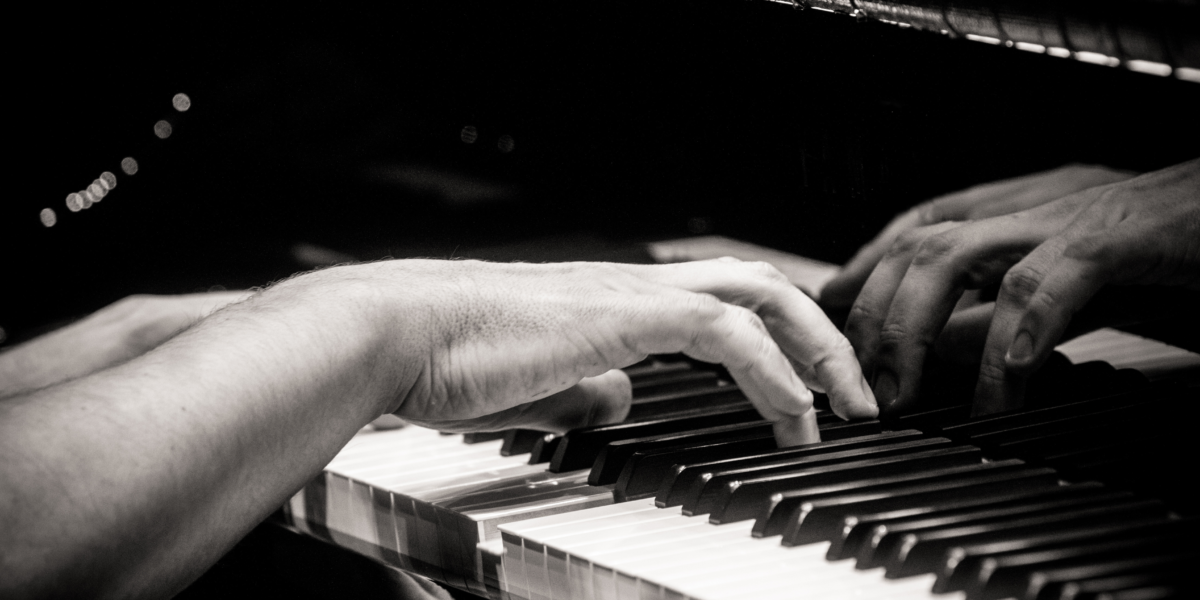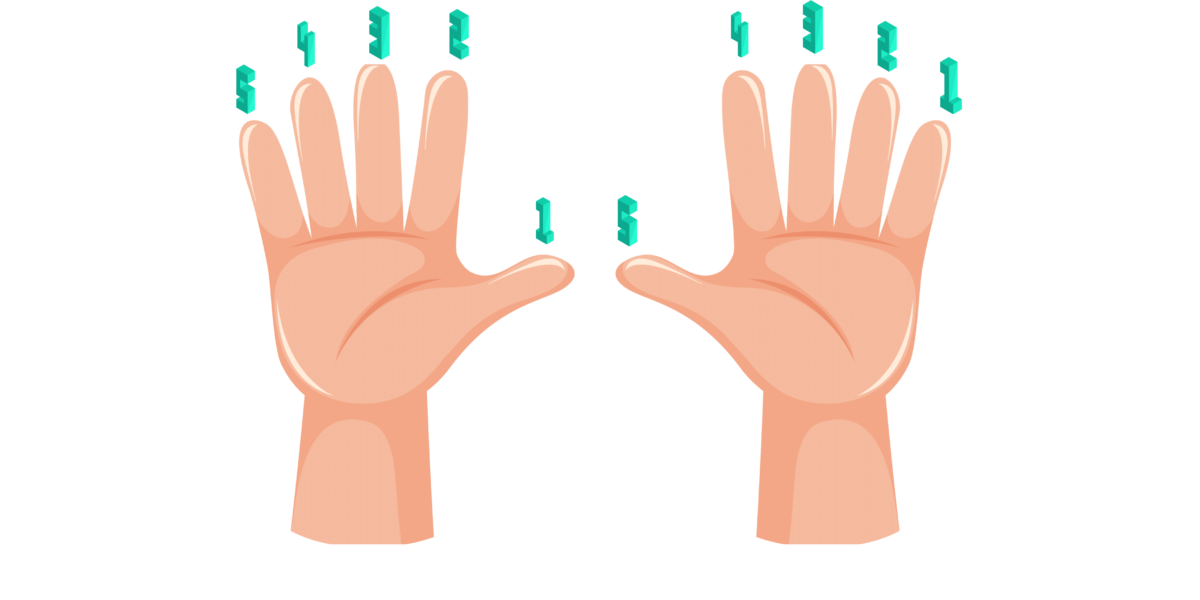Piano Hand Placement: All You Need to Know

Playing the piano is more than just pushing the right keys at the right time. To improve your piano skills, you must learn proper piano hand placement.
Watching a professional pianist at work is a mesmerizing spectacle. Their hands glide across the keyboard while passionately pressing each key with precision and control. It’s nothing short of amazing.
Hand placement and movement are some of the many vital skills to master to take your piano skills to the next level. It takes a lot of practice.
Everyone has a dominant hand, one we use for things like opening jars and brushing our teeth. Our dominant hand tends to pick things up faster, while our off-hand can feel awkward with the same task. It can be frustrating, but learning how to play with both hands is essential.
Hand placement doesn’t come naturally. Learning about it starts with some theoretical knowledge. This article explains everything that you need to know about piano hand placement.
Let’s dive in!
Why do you need to work on your hand technique?
Whether you’re farming, playing sports, or playing your favorite instrument, all pursuits have a technical side. Technique is often the difference between doing something correctly versus doing it incorrectly.
Here are a few reasons why implementing the correct hand technique is crucial:
- Proper hand technique creates a good habit that also reinforces good posture.
- Implementing the correct technique expands your ability to reach keys with more speed and control – expanding your overall potential.
- Improper hand technique creates unnecessary tension and can lead to injury.
Hand placement and technique significantly impact your piano playing, although proper hand technique begins with how you sit.
Want to learn the best way to sit in front of your keyboard? Check out our blog, How to Perfect Your Posture on Piano.
With proper posture down, let’s take a look at hand placement.
Finding the middle C.
Proper hand technique is useless if you don’t know where to place your hands.
To navigate the keyboard effectively, you must know how to find the middle C. On a piano with 88 keys, the middle C is located at the center of your keyboard. It marks the start of the fourth octave and divides the bass and treble clef.

Our blog post, How to Play an Octave on Piano, brings you up to speed if you’re unsure what an octave is.
Just as a seafarer uses the North Star to navigate the oceans, the middle C helps the pianist orient themselves on the keyboard.
Now that you’ve got your bearings on your keyboard, it’s time to place your hands on your keys.
How to place your hands on the piano.
Starting with the thumb, piano instructors number fingers from one to five to make hand placement clearer.

Time to position your fingers on the keyboard!
Place your right thumb on middle C. Press the keys on its left side when using the thumb, allowing you to use your other fingers more effectively. Regarding your other digits, place fingers two to five on the following consecutive white keys towards the right (D-E-F-G).
The left hand finds its home in the octave just below the middle C. Place finger one (pinky in this case) on the C key. As mentioned earlier, your left hand should mirror your right hand. Therefore, position fingers two to five on the following four white keys towards the right (D-E-F-G).
This is the basic starting position. However, depending on the song or the key you’re playing, your hands may start elsewhere.
How do you move your hands on the piano?
With your hands well positioned, it’s time to learn how to move them along the keyboard.
There are two main techniques for moving your hands: shifting and crossing.
Shifting your hands goes exactly how you imagine it works. Simply elevate your fingers from the keys and move the right or left to the next position. It’s an intuitive movement that’s relatively easy when there’s a pause in the music. Moving your hands becomes trickier as you play music at a faster pace with greater complexity.
And that’s where crossing your fingers comes in. You cross with your fingers one and two for your right hand and four and five for your left (thumb and index). The index finger always crosses over the thumb, and your thumb passes underneath the index finger.
The technique you choose to move your hands along the keyboard varies depending on the music you’re playing and which feels smoother. However, mastering both techniques makes you a complete pianist.
Most common mistakes.
Knowing the right way to place and use your hands on a keyboard is vital. However, knowing what not to do can help avoid some erroneous tendencies.
Some common mistakes include:
- Playing with flat fingers is a bad habit because it inhibits your ability to press keys with precision and control and slows down your hand speed.
- Collapsing the wrist negatively impacts your finger and hand posture, making playing more challenging.
- If your elbows are too low, you strain your hands and fingers, making gravity your enemy when it could be your friend. This negatively affects your posture.
- Sitting too close to your piano affects your ability to move your arms smoothly across the keyboard. The same goes for sitting too far.
Final Tips.
Knowing how to place your hands is the first step to optimizing your piano skills. The real work lies in your application of the techniques.
- Start slow. Practice playing with just one hand, then the other, and simultaneously play with both hands.
- Practice some scales. Moving your hands up and down the keyboard reinforces proper hand positioning and movement.
- Establish your finger movements preemptively. Deciding which finger presses which key and how it gets there helps you play more effectively. If you’re constantly changing the way you play, you’ll just confuse yourself.
Mastering your hand technique and positioning is one of the first skills you must learn on your piano journey. Playing the piano can be chaotic and discouraging without understanding these vital skills. It’s essential to take the time to learn how to orient yourself on the keyboard.
Looking for a fun and structured way to learn about hand positioning? JoyTunes’ Simply Piano teaches you everything you need to know, from reading sheet music to placing your hands on a keyboard. Give it a try today!









